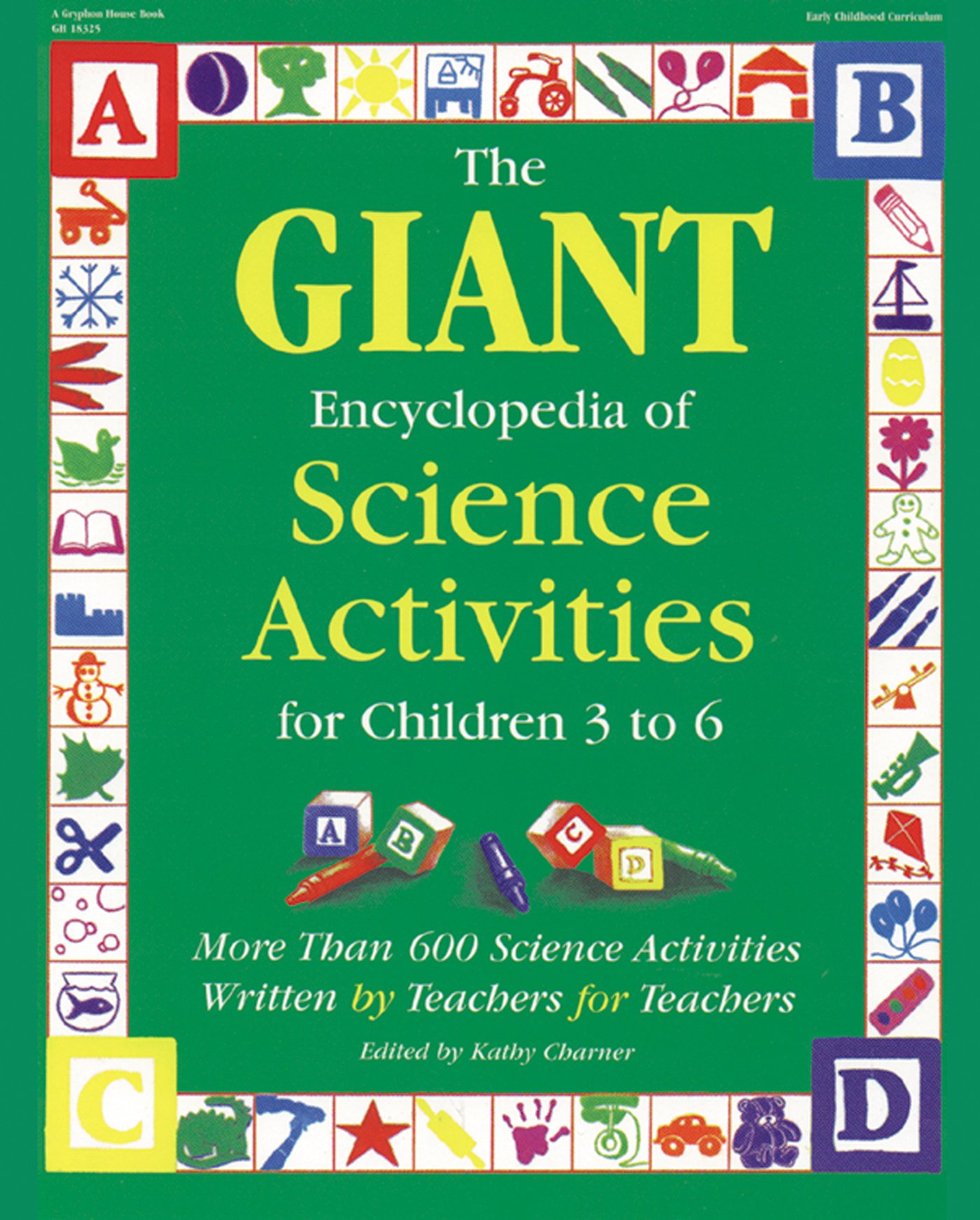Materials
Tagboard or poster board
Scissors
Chart paper and marker
Instructions
1. Cut out simple 4" (10 cm) shapes from the tagboard.Use a variety of shapes, one per child.
2. Explain that there are many shapes "hiding" in your classroom, then give atagboard shape to each child. Have the children identify their shapes by name. Show them someexamples of shapes that they might not notice. For example, a small milk carton may have asquare-shaped bottom and rectangles for sides, and the planter in the window might look like asmall circle when viewed from the bottom and a large circle when viewed from the top.
3. Encourage the children to search the classroom for hidden shapes that match the tagboardshape they have been given.
4. Next, point out that there are many different shapes in the larger environment, too. Distributeadditional shapes, if desired, identifying and discussing their physical properties.
5. Go outdoors for a scavenger hunt, finding as many varied and unusual items as possible tomatch the tagboard shapes your children are carrying. Findings may be called out, sketched,photographed or (if feasible) brought back as samples/specimens.
6. Ask, "Which shape did we find most often on our scavenger hunt?" Then make a chart ofyour class's findings.
